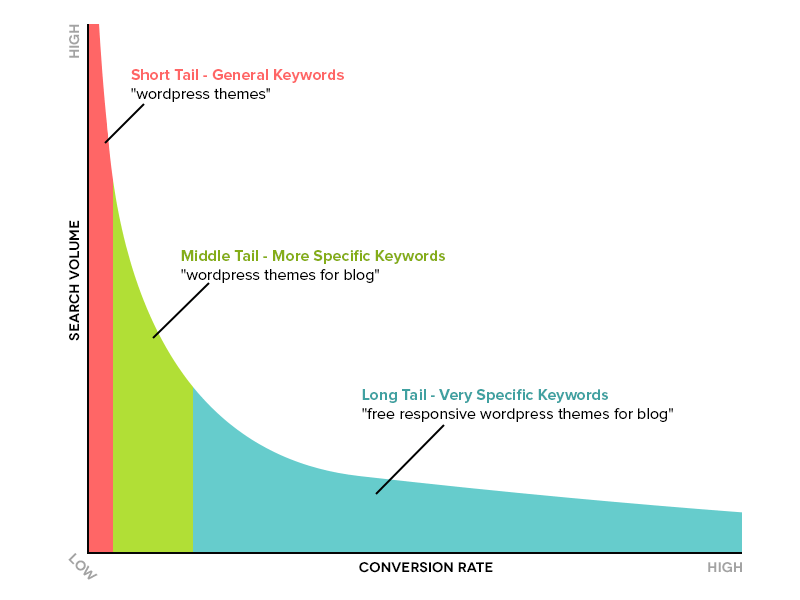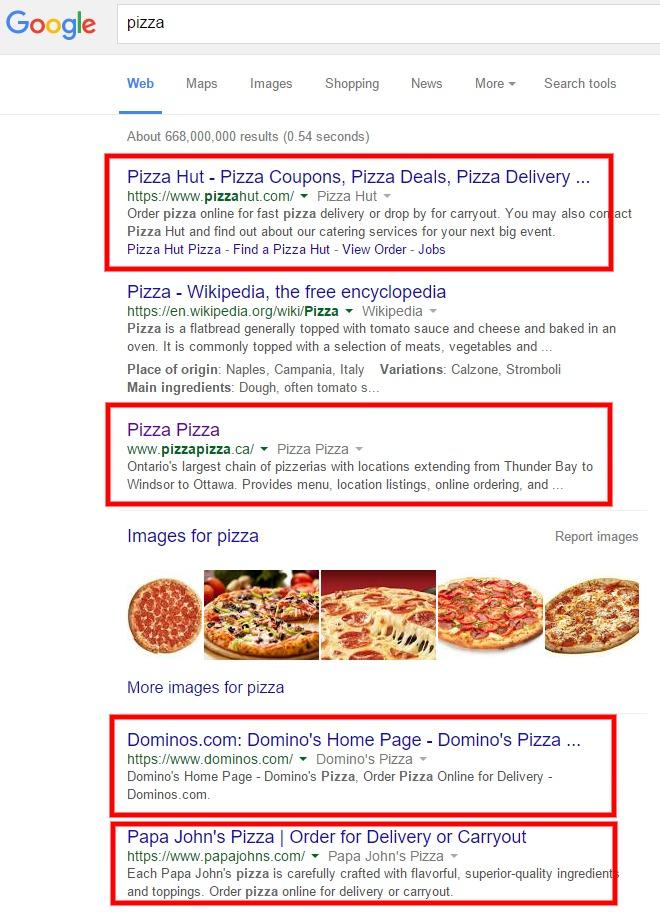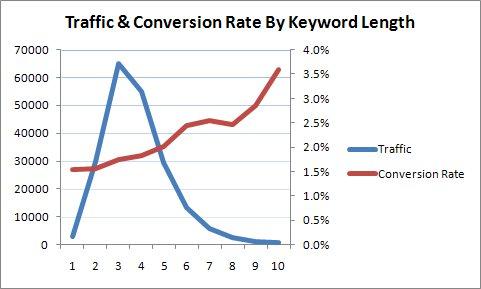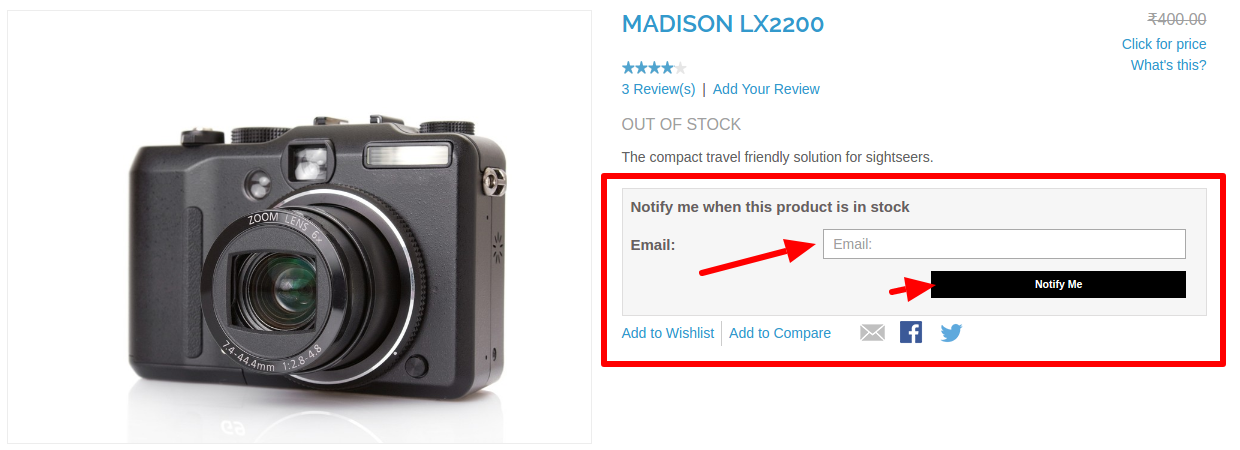Few Smart eCommerce Seo Techniques You Should Adopt Right Now
Posted by Joe / August 28th, 2017 / No responsesHaving an eCommerce store is not a big deal today but having a successful one is. The success of an eCommerce store depends on so many things, and SEO is one such factor that is always going to be crucial in this success path.
In this virtual world of internet where everything is so congested and competitive, it’s really a tough job to get your products in the top organic search results. I can understand that you might not have to budget so far to go for the paid advertisements and gain the sky rocketed traffic on the go.
Therefore in this article, I have mentioned some eCommerce SEO techniques by using which you can improve your visibility and eventually get some real organic traffic without investing much at least initially.
1. Do an extensive keyword Research
Keyword research is the most important part of any kind of SEO at any phase of the business. Your eCommerce website sells some products and those products are searched by the users on the internet with some search phrases. The best keyword research would include an understanding of how a user would search for the products you are selling.
Unlike other domains, the keywords relevant to the eCommerce related searches are more direct and specific. Shoppers are generally aware of the product name, brand, and other aspects of the product they are searching. For example, If I want to buy a shoe, I would directly use a search phrase “buy shoes online”. To be more specific I might put the brand name in the phrase or my location.
Search phrases used in eCommerce related searches can be sales oriented like shown in the above example, or research oriented as well. For example, “best leather shoes in New York” is a research oriented search phrase which hides a buying intention too.
So, to have a successful eCommerce SEO you must do a proper keyword research and identify the relevant keywords in your niche. Further more, identifying in not enough, you have to use those keywords in the relative areas as well. The best places to strategically put the target the keywords can include:
- Page title
- Product title
- Product description
- Meta description
- Related blog posts
2. Target the long tail keywords
Short tail keywords are definitely the best. When it comes to search volume short tail keywords always out rank the long tail keywords. Shorter the phrase higher is the search volume. If you could rank for a short tail keyword, you are certainly going to get a plenty of organic traffic.
However, it is not that easy as it seems. Given the high search volumes, it’s no surprise why everyone would try to rank for the short tail keywords, the prize is certainly high. Therefore, competition for short tail keywords is insanely drastic.
To understand the insanity of competition for the short tail keywords, let’s take an example, of Pizza searches. You are long behind the brands like Pizza hut, Dominos, Pizza Pizza and even some food ordering sites.
So, unless your brand name is popular at that international level, it’s really tough to get into even the first page of Google search results.
Moreover, short tail keywords for eCommerce might have the high search volume, but they have a low buying intention as well. For example, you can’t say the phrase “DVD Player” has been searched for buying a DVD player, DVD player to rent, or a DVD player to repair. Also, giants like Samsung, Sony, Amazon are already holding the first page when you simply search DVD player.
Even worse, the conversion rate for short tail keywords is very low. Even if you get 10,000 traffic volume and 100 clicks, the conversion rate may be 1 or 2 customers.
Target the long tail keywords instead
By targeting the long tail keywords you might have the low search volume but the conversion rate is always higher with them. Phrases like “Blu Ray HD DVD combo player” will target the specific group of customers. As the long tail keywords are targeted to cater your specific niche of customers, the competition is really low.
So, if you are selling some special items, unique products that only a few other sellers sell, targeting the long tail keywords is an advantage for you.
If the customers like what they see in your long tail selection, even if they don’t buy immediately, they are more likely to return to your store when they decide to buy finally because your site targeted to their specific needs.
3. Proper URL structure
When you are working on an eCommerce site, SEO is always a crucial concern. If you have even a little exposure to SEO approaches, you would agree that links and URLs are the top defining factors of ranking on the SERPs. A friendly URL structure can influence the ranking to a great extent indirectly as well as directly.
Search engines always give a better preference to the links and URLs which are easy to read and can easily communicate about the contents on the page.
For example, an SEO friendly URL like
“https://www.knowband.com/opencart-plugins”
is easier to read and understand than a dynamic URL like
“https://www.knowband.com/category/article.php?language=de&inhalt=opencart”
An SEO friendly URL is a simplified version of the dynamically created URLs by your website source code or CMS. These are easy to read by the humans and even the search engines. It’s easier to derive the semantic relevance by simply looking at a friendly URL.
So, adopt the best practices of writing proper URLs for your eCommerce store today. Some of the recommendations will definitely include these tips:
- Keep them as simple as possible
- Use relevant keywords
- Use Hyphens (-) to separate the words; not underscore (_)
- Use lowercase letters
- Keep them short to most possible extent
- Keep the focused keywords in the first few words itself
Know how to enable SEO friendly URLs in OpenCart
4. Use proper Header tag Structure
Header tags are very important yet most underused on-page SEO elements. Despite they can have a significant impact on SEO as well as user experience of your eCommerce site, you might be hardly utilizing them to their fullest.
The extent of header tags ranges till six levels from H1 to H6. These tags when used together define the hierarchy of the elements on a page. It makes easy for the search engines to see your page contents according to a well-defined structure.
For example, a content post can be applied with header tags to differentiate the title (heading), and the sub-headings at different levels.
They help search engines to easily crawl your website pages and classify the elements accordingly. This classification enables the crawlers to pay attention to the most important sections. Moreover, they are also a major determiner in getting your contents to the Google Answer Box with an optimized structured data.
Relevance- While crawling the pages, search engines check the relevance of the header tags with the content associated with it. So, always remember to supply a header tag with some relevant content to support it.
The keyword relation- Search engines always check the keyword relevance and their relationships with all the headers, subheaders, and other content used on the page. It’s more important to maintain a coherence of related keywords among the headers.
Know how to use the header tag structure on different eCommerce pages like Category page, Product page, CMS page etc.
5. Handle the out of stock or discontinued products strategically
What would you do if a product of your website goes out of stock for a while? Or what would you do with the product page of a product which you no longer offer? Disable the product page, right?
Wrong, this would be the most common and crucial mistake you can make with the SEO of your eCommerce store. When you disable a product page for a period of time or when you permanently remove it, a serious SEO advantage is lost by you.
Those pages might have earned some SEO backlinks and might have been your best selling products, or even the best pages earning a great share of traffic and SEO for your web store. Furthermore, by removing the pages you are making your website thinner.
Don’t remove the product pages even if the products go unavailable permanently. Instead, consider setting up a 301 redirect to the relevant pages of the website. By doing so, the SEO associated with the discontinued product page will remain intact and you will keep receiving the share of traffic those pages generate.
To handle the temporary out of stock products, you can setup an out of stock notification alert system. Allow customers to subscribe to email alerts on the product page. This alters subscription will let your store send an automatic email notification to the subscribed customers when the product is back in stock. Something like this Magento back in stock notification extension.
Your Turn
SEO is meant to be done continuously; it ‘s not a one time process. You should keep optimizing at every sphere of time. Utilize every opportunity and way to rank higher in the search engines (ethical ways). These small efforts will ultimately serve you as a big advantage to achieve big in eCommerce SEO eventually. Get in touch with a good eCommerce SEO company if you need to.




Leave a Reply